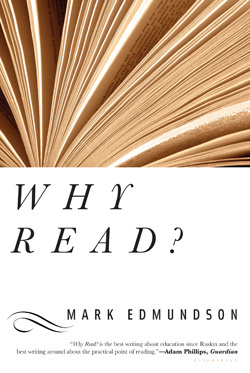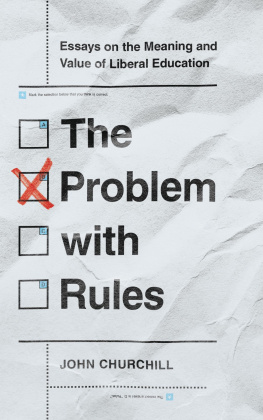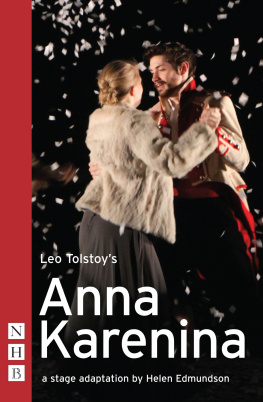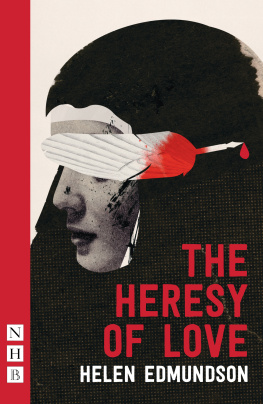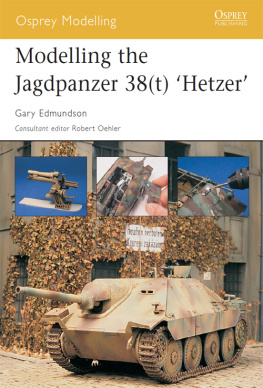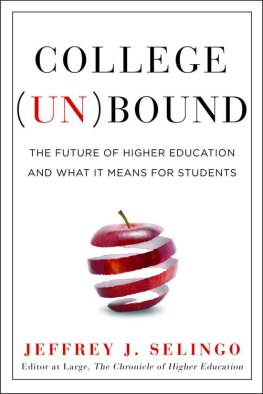
Contents
Midway through the last decade of the twentieth century, American higher education changed. Colleges and universities entered a new phase in which they stopped being intellectually driven and culturally oriented and began to model themselves on businesses. They sought profit; they sought prestige: the more the better. To be sure, there had always been a commercial side to American higher education. But in the mid-nineties, universities began dropping pretenses and putting profit ahead of intellectual and (dare one say it?) spiritual values. This book reports on the change and attempts to combat it.
What does it mean for a university to stop seeing itself as having something like a spiritual mission and begin acting like a commercial venture? Many things: The shift the universities underwent was complex and had multiple dimensions. There were major technological changes, changes in the intellectual climate. As this book unfolds, it will offer a comprehensive picture. But we might begin by saying that at the center of it all was a shift in the role of students. Before 1995 or so, students had about as much say in the shaping of the university as members of a fairly well established religious community have in determining its moral codes and forms of worship. Which is to say, they had almost none. The professors ran the show: What was important to them was what mattered.
But things changed. Starting in 1960, the American birthrate began to decline. In 1974, it hit its lowest point in sixty years. The baby boom was emphatically over. Twenty years later, the kids born in the seventies were ready for college, but there simply werent enough of them to supply the schools that had so happily expanded to accommodate the baby boom population.
The university of the early nineteen nineties was still geared to the enormous swell of kids born after the Second World War. When that previous population finally made its way throughlike a juicy meal passing the length of a boa constrictorthe schools began to see trouble. How were they going to complete the freshman class? How were they going to pay for all the tenured professors and the entrenched deans brought on to educate the prior generation? Colleges can expand readily enoughhire more professors, hire more administrators, build more buildings. But with tenure locking professors in for lifelong employment, how do you get rid of surplus faculty when the market declines? What do you do with the dorms that threaten to stand empty? How do you fill all those potentially vacant seats in Psych 101?
The answer was obvious. The universities were going to have to pursue students much as businesses pursue customers. They were going to have to treat their prospective students as potential buyers. And they were going to have to treat their existing students as customers too, for students can always switch brands: They can always up and transfer. So securing customers and getting them to maintain brand loyalty became the order of the day. Most colleges dont have admissions offices anymore, a college administrator told me in 1993. They have marketing departments. Even those schools that had more applicants than places in the first-year class had to market aggressively. They were competing for prestige and position with other schools of their caliber. They were also competing for full-tuition payers. Everyone wanted the kids who werent going to petition them for a full ride or nag for discounts come tuition time. Ultimately, too, the schools were competing for future money: The best students tend to become successful, and then (with luck) committed donors. The primary purpose of Yale University, a Yale faculty member said not long ago, is the production of wealthy alumni to further enrich Yale University.
How did the students respond to being treated like customers? They didnt seem to mind at all. From what one could see, they loved it. They were long accustomed to the consumer role. From the time that they were toddlers theyd been the targets of ads and ads and more ads. They were used to being addressed in the teasing, whimsical, and ultimately sycophantic advertising mode that the universities now felt compelled to use. The kids apparently adored being fawned on: Theyd grown up in front of the television, being treated like monarchs of the marketplace. When the universities followed suit and began to address them with similar deference, the kids ate it up. On came expensive student centers, lavish gyms, gourmet dining, and slews of student service workers, deans and deanlets to cater to the whims of the customers. Universities began to look like retirement spreads for the young.
No surprise that when the kids got to the classroom they demanded a soft ride: They wanted easy grading, lots of pass-fail courses, light homework, more laughs. If the professors didnt oblige, the kids flayed them on the course evaluations. Those evaluations had an impact on tenure, promotion, salary, and prestige. By and large, the professors caved.
In the old days, when the university was a quasi-churchly institution, the professors largely called the shots. (The ecclesiastical style of architecture at Yale and Duke and numberless other schools makes the old religious affiliations clear.) The professors disseminated scientific knowledge that could improve daily life and help us to understand nature. They promulgated literary and philosophic wisdom that initiated young people into the complexities of the adult world.
But in the new university all this changed. Now the professors were the people who gave the grades, period. They needed to be humored at all times and hearkened to occasionally. But anyone who revered them for their wisdom or wanted to emulate them was tacitly understood to be half-cracked. The word professor intoned in a certain way began to mean learned fool.
As the professors influence receded, the world of consumerism and entertainment enhanced its powers. In the mid-nineties, the kids were socialized into the consumer mentality by their new, two-hundred-station TV sets (and of course by their parents). The first chapter of this book, On the Uses of the Liberal Arts, describes the confrontation between the TV-driven consumer ethos that the kids brought with them from home and the intellectual ethos of the university. At the time, many commentators ascribed the decline in American higher education to the advent of programmatically debunking cultural theory. Freud, Marx, and Derrida were at the root of all evil. If debunking theory did have an effect, it was largely because of how well it rhymed with the attitude of dismissive superiority that TV and commercial culture overall tended to stimulate.
Ten years later, in the middle of the new millenniums first decade, things changed again. Now kids werent only being shaped by the belch-and-buy spirit of TV, but by the hurry-up consumer ethos of the Internet, which they patrolled with unsleeping vigilance. (We create our tools, Marshall McLuhan famously said, and then our tools create us.) To put it crudely: The students had been sped up. Now they were consuming, watching, enjoying, buying at a hyper-accelerated paceliving in overdrive. What they couldnt do was slow down: slow down to observe and examine, slow down to think. The second chapter, Dwelling in Possibilities, tells how the new computer technology administered an adrenaline shot to the already robust rebellion against real education. Now the consumer world-view was more confident, further insinuated, tougher to budge. What was actually a product of culturethe buy-buy, do-do ethoswas beginning to feel more like a precipitate of human nature. And fighting what people believe to be natural is never an easy thing.
Next page

